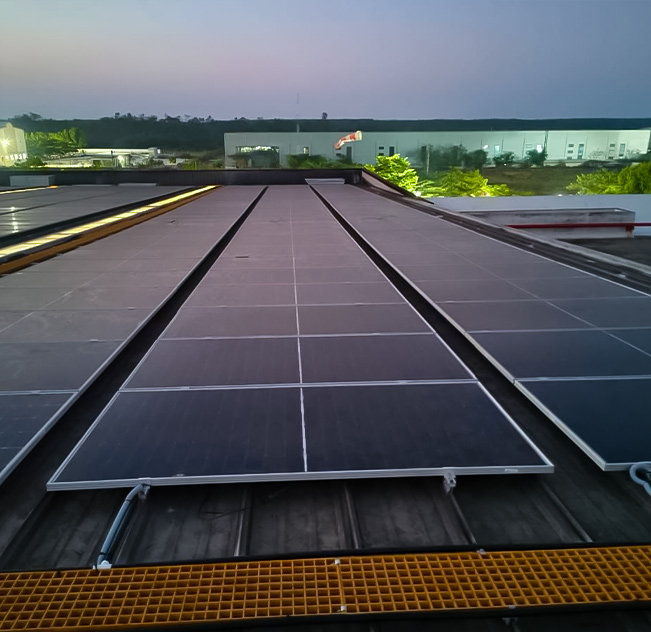OPEX Model
Solar Power Opex, also known as solar power as a service, refers to a financing model where a solar power system is installed and operated by a third-party provider, who retains ownership of the system and bears the upfront costs. The customer, usually a business or organization, pays a predetermined monthly or annual fee for the electricity generated by the solar system. This fee is typically lower than the electricity cost from the grid, providing the customer with immediate cost savings.
The solar power Opex model allows businesses to adopt solar energy without the need for significant upfront capital investment. It shifts the responsibility for system maintenance, monitoring, and operation to the third-party provider, relieving the customer of these tasks. It also provides a predictable and stable energy cost structure over the agreement term.

Lower upfront costs:
The Opex model allows customers to avoid significant upfront expenses typically associated with purchasing and installing a solar power system. Instead, they can enter into a long-term agreement with a solar provider where the provider handles the upfront costs and owns and operates the system. This significantly reduces the financial barrier to entry and makes solar power more accessible to a wider range of customers.
Predictable and stable costs:
With the Opex model, customers typically pay a fixed monthly or annual fee for the electricity generated by the solar system. This provides greater cost predictability and stability compared to traditional utility electricity rates, which can fluctuate based on various factors such as fuel prices and infrastructure upgrades. By locking in a fixed rate, customers can better forecast and manage their energy expenses over the long term.
Maintenance and monitoring included:
When adopting solar power through the Opex model, the solar provider is responsible for system maintenance, repairs, and monitoring. This relieves customers of the burden of managing the technical aspects of the solar system, including routine inspections, cleaning, and any necessary repairs. The provider typically has expertise in maintaining and optimizing the system's performance, ensuring that it operates efficiently throughout its lifespan.
Performance guarantees:
Solar providers offering the Opex model often include performance guarantees in their contracts. This means that if the solar system underperforms or does not meet the agreed-upon energy production levels, the provider is responsible for addressing the shortfall and compensating the customer accordingly. Performance guarantees provide peace of mind to customers and ensure that they receive the expected benefits and savings from their solar investment.
Flexibility and scalability:
The Opex model allows customers to adjust the size and capacity of their solar system to meet their changing energy needs. If additional energy capacity is required, the solar provider can install additional panels or expand the system accordingly. Conversely, if energy demands decrease, adjustments can be made to optimize the system's size and output. This flexibility and scalability enable customers to align their solar power generation with their evolving energy requirements.
It’s important to note that the specific terms and benefits of the Opex model can vary between providers and contracts. Therefore, it’s recommended to carefully review the terms and conditions of any agreement to fully understand the advantages and limitations before entering into such a contract.
